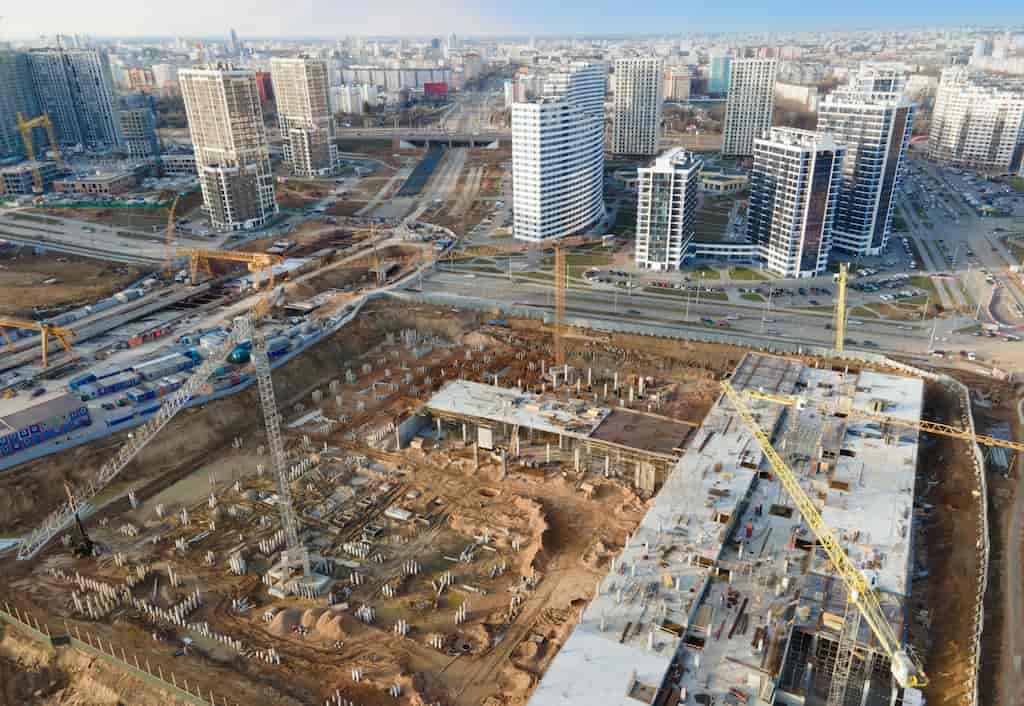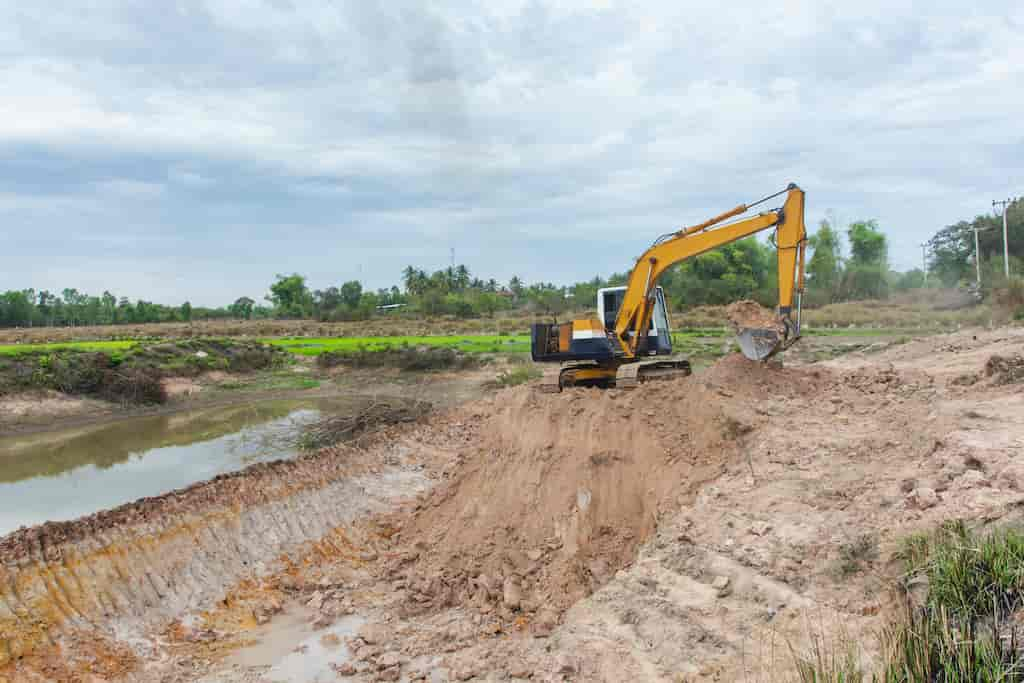PRODUCTIVITY
Productivity is achieved by maximizing the number of units produced in each time frame.
FACTORS SERIOUSLY IMPAIRING CONSTRUCTION PRODUCTIVITY;
Pandemic – Restricted working.
- Project Conditions – Weather variability.
- Market Conditions – Material shortages & lack of experienced design and project management personnel.
- Design & Procurement – Large number of changes.
- Construction Management – Ineffective communications inadequate planning and scheduling Lack of sufficient supervisory training.
- Labour – Restrictive union rules and lack of incentive.
- Government Policy – Slow approvals and issue of permits.
- Education and Training – Lack of management training for supervision, project management.
LABOUR EFFECTIVENESS
To improve labour effectiveness, various factors can be addressed, including motivation, job safety, environmental factors, and physical limitations. Management practices include scheduling, planning, data collection, job analysis, and control. Material timeliness is ensured by proper procurement scheduling, site layout, and other issues.
Organisations can address various factors to improve labour effectiveness, including motivation, job safety, environmental factors, and physical limitations. Management practices include scheduling, planning, data collection, job analysis, and control. Improvement of material timeliness works when by proper procurement scheduling, site layout, and other issues.
The production rates we use have been gathered over a period of 70 years covering: site services, ground and civil works, sub-structure, super-structure, finishes, external works, infrastructure and miscellaneous.
LOOKING TO THE FUTURE IN THE CONSTRUCTION INDUSTRY
During my early days in construction with John Laing Construction, we engaged a direct labour force, and things worked well to control the workforce.
The bonus schemes we operated became self-fulfilling as all the workers were self-motivated. But, again, this is because– there was a disciplined control.
I often reflect on how the construction industry may need to change for the benefit of all?
Traditionally the construction industry during the 1960s, 1970s and 1980s relied heavily on homegrown directly employed tradespeople.
As with many industries, we became more affluent and decided that most tasks were beyond us.
Hence the UK imported more and more labour from Europe and elsewhere.
During this push to import cheaper labour, we lost sight of the need for apprenticeships to our detriment.
Now the UK faces material and a labour shortage which will inevitably push up prices and inflation.
Brexit has meant losing many skilled and hardworking contractors. The loss of EU contractors will widen the existing skills gap, especially as local UK tradespeople seem to be hard to come by. Is there an alternative?

I believe there is an alternative. However, it will take time, effort and investment. Indeed, the industry is an intelligent player and needs to innovate, think out of the box, and find the existing skills that many main contractors may not consider.
Think about how things were in the 1960's,1970s and 1980s. But, of course, those days, we didn't have the technologies that exist today.
The 1960's,1970s and 1980s offered incentives for the workers with an element of disciplined control. We didn't need for 'Dispute Resolution and Forensic Planning. We just got on with it and eventually settled the final account without too much rancour.
We need to consider skills transfer from other industries, particularly financial management, direct labour and technology.
Consider taking on young innovators who will offer a fresh perspective on tackling industry issues and using technology tools to facilitate solutions.
I am personally alarmed that the construction industry does not practice Earned Value Management Systems (EVMS) more widely.
Tracking performance is paramount in making better-informed decisions during the project, thus enabling more robust pricing for future contracts.
Many people with senior-level expertise in facilitating change and project management may not necessarily be working in construction and infrastructure.
Local skills development efforts will pay off, and there may be an influx of highly skilled recruits available, but that will take time and investment.
In the meantime, the skills gap will widen unless Main Contractors' open themselves to new possibilities and prospects.
Power is gained by sharing knowledge, not keeping it to yourself.
Michael Harvey, Senior Partner HPC Ltd

INVESTING IN A DIRECT LABOUR FORCE
Is it about more than money?
It's a well-known fact that money alone no longer secures the best talent in the industry. As a result, employees on all levels of an organisation are looking for something more.
They're looking for opportunity, learning, career development and recognition for their efforts.
In an industry where collaboration is vital, developing solid teams can make a significant impact on productivity. So let's consider some of the additional benefits of developing a direct labour force:
Training and development – to develop skills through apprenticeships needed for specific projects. In addition, learning can be continual, building on experience as workers progress from one project to another.
Improved productivity – with existing skills and knowledge of co-workers, companies can reduce the learning curve for new projects and ramp up productivity from the start. In addition, companies can realise improved productivity by offering bonus payments for a job well done achieved within time and budget.
Greater team member engagement – Employees recognised and responsible have a stake in the project's success, making them more engaged. Furthermore, enabling them with the same team to work with, who know and respect their expertise makes working together easier.
Could this be an option in an industry that is slow to change?
I would welcome your contribution to this paper so that we may make our voices heard.
Ordinary people think merely of spending time; great people think of using it."
Arthur Schopenhauer

site services

infrastructure

Ground & civil Works

substructure

superstructure

finishing

external works